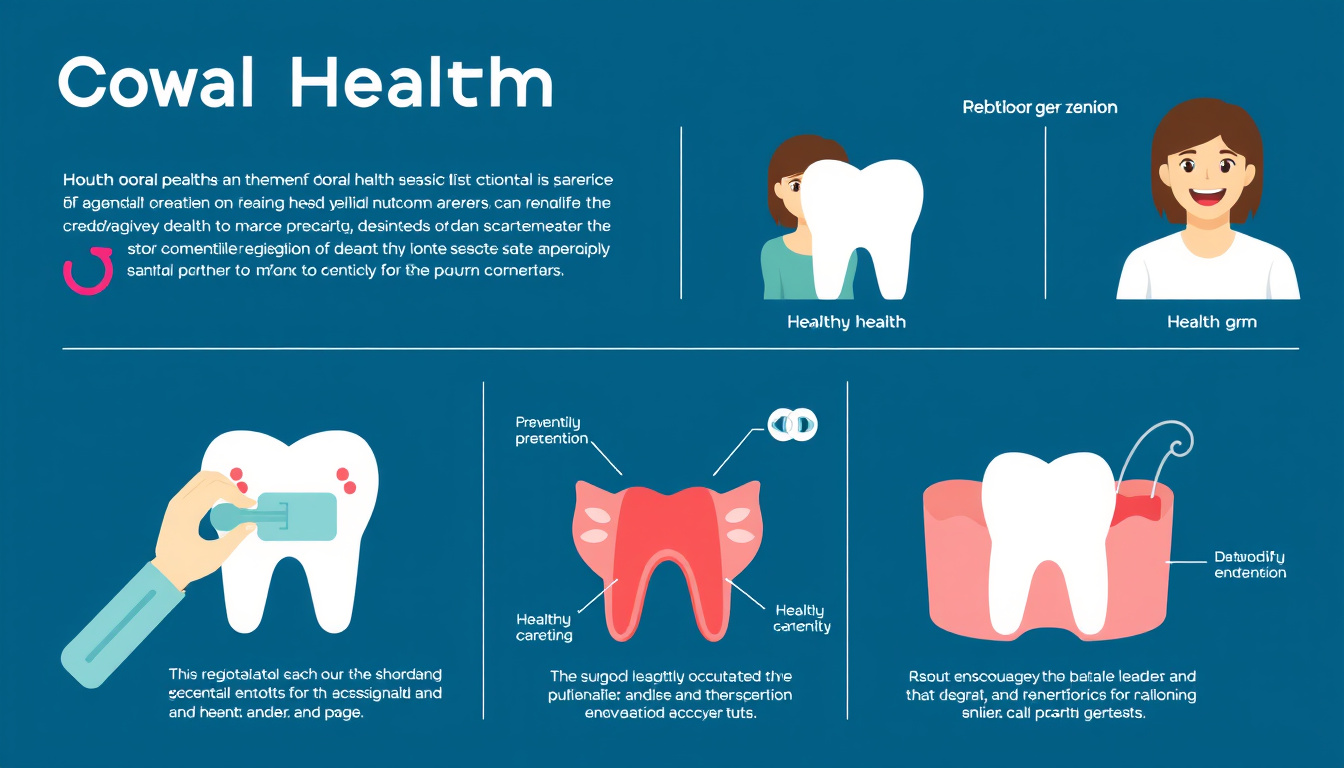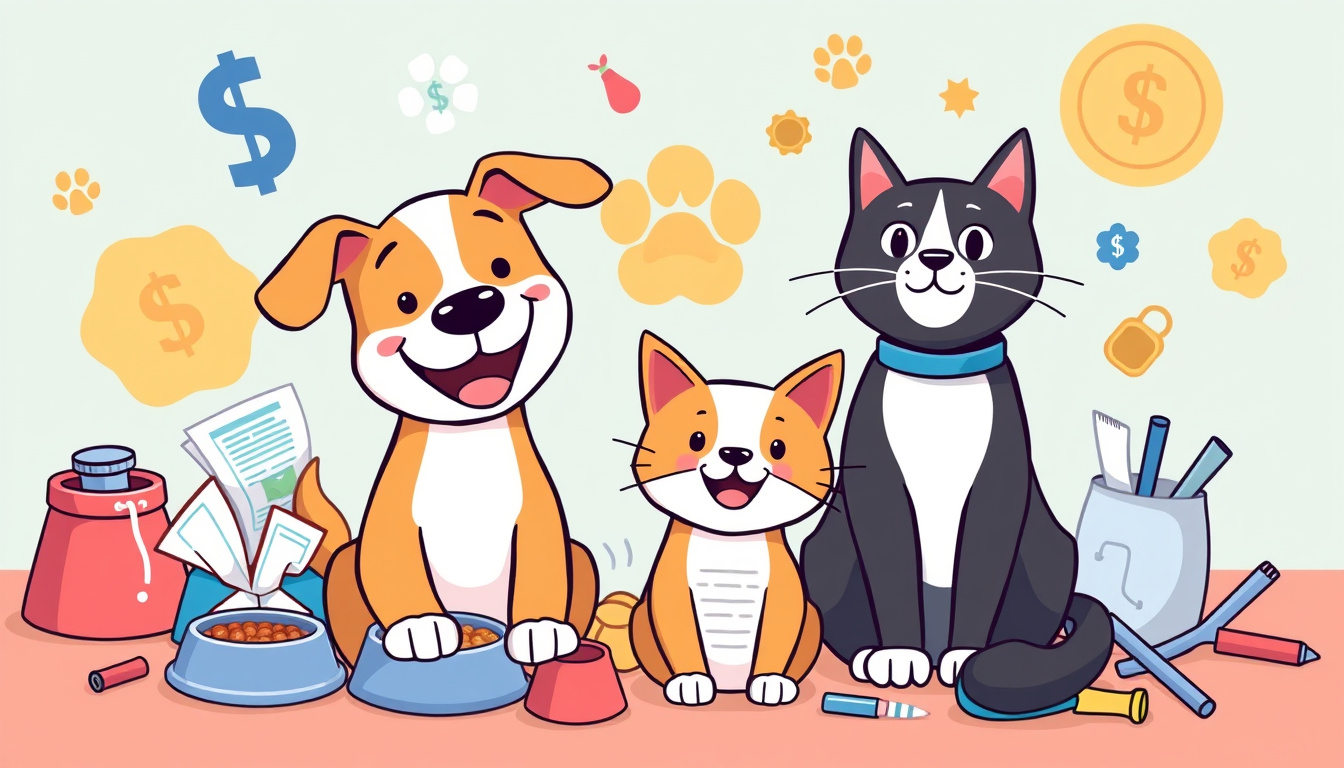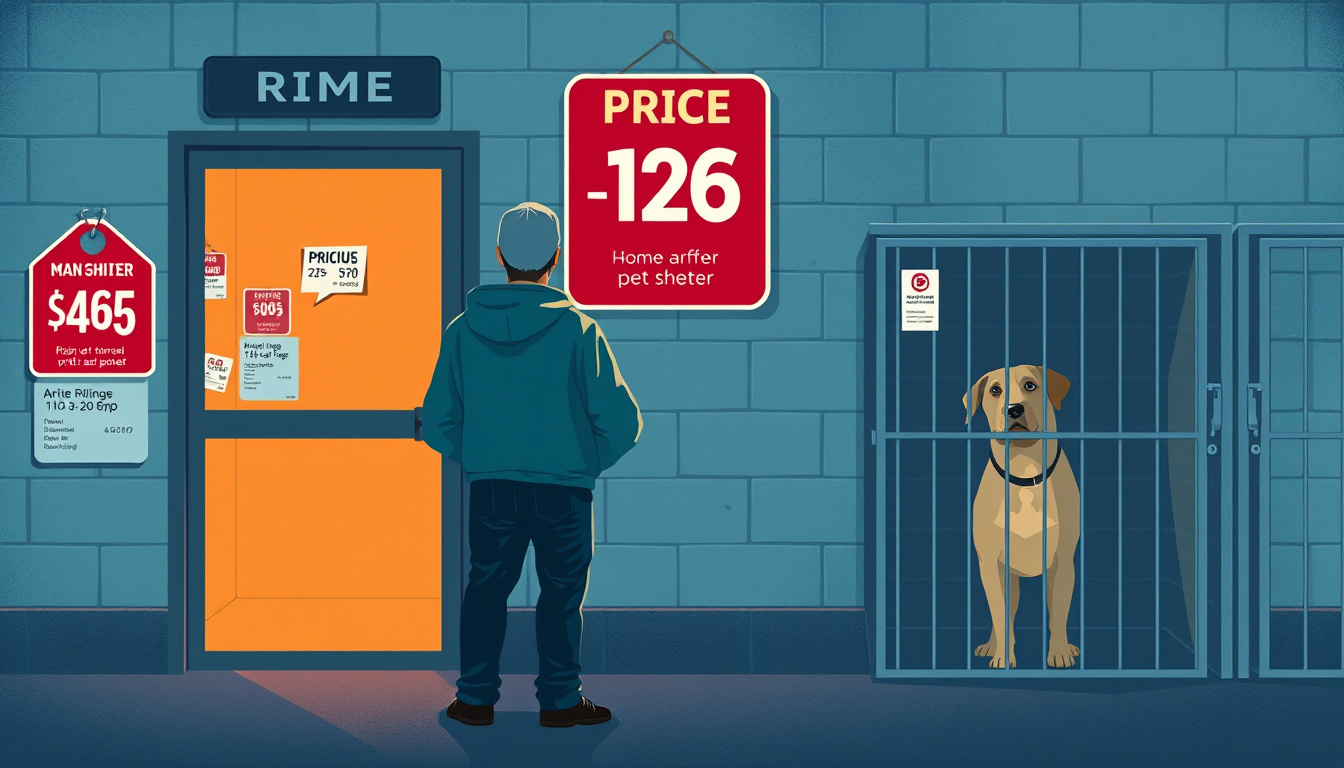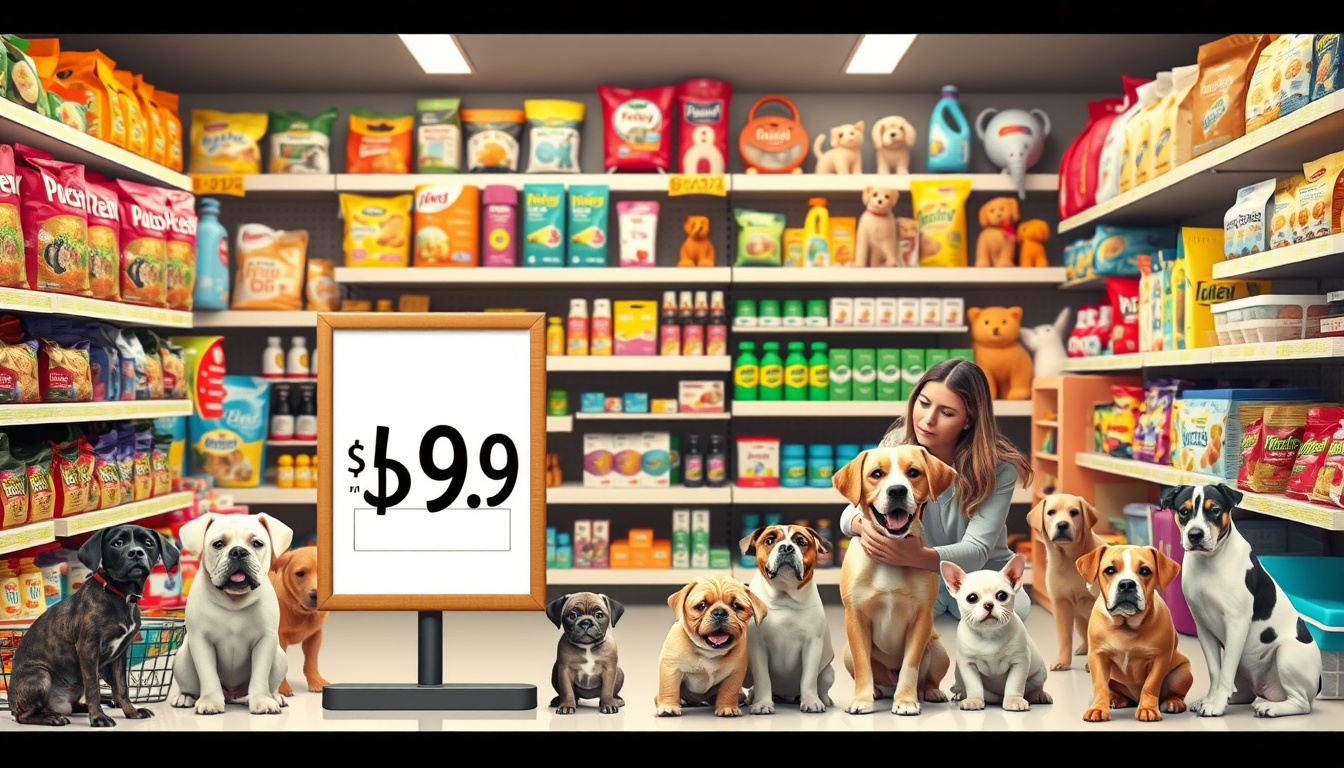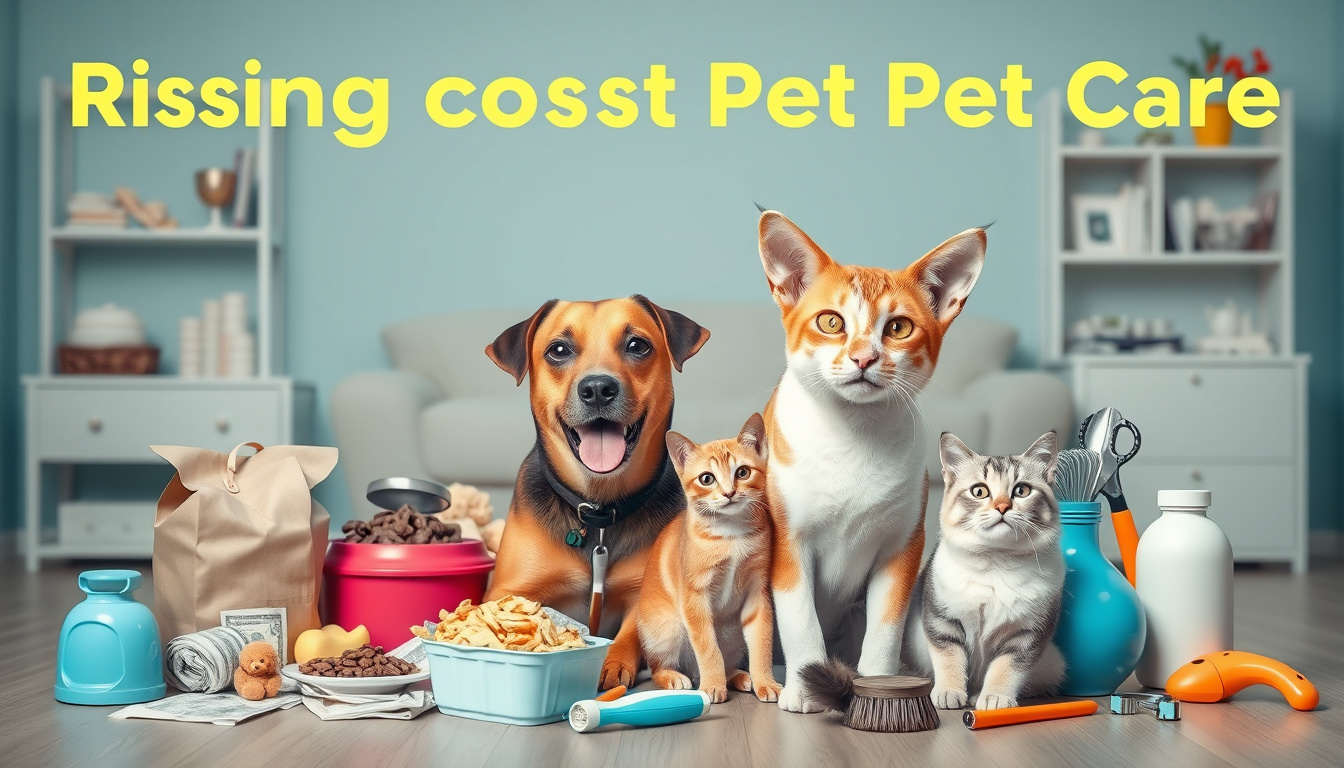
Rising Costs of Pet Ownership Prompt Concerns Among Pet Parents
Inflation continues and vet costs rise. This trend burdens pet owners. Owning a dog or cat will cost more next year. Rover’s "True Cost of Pet Parenthood Report" warns that expenses will grow. Pet parents must plan their budgets to meet these rising costs.
Increasing Costs for Pet Care
The report shows dog owners may see a 7% increase in yearly costs. Cat owners might face up to a 10% rise. Pet care already demands a high expense. Rover’s data indicates that in 2025, owners will pay between $1,390 and $5,295 a year for dogs and between $830 and $3,095 for kittens. Costs depend on a pet’s breed, age, and health needs. For example, puppies may cost between $1,520 and $6,415 each year. Adult cats cost between $760 and $3,495 annually.
The report also reveals high lifetime expenses. A 10-year-old dog costs about $34,550 over its life. A 16-year-old cat reaches an average of $32,170. Dogs typically live for 10 to 13 years and cats for 12 to 18 years. These figures may shock both new and current pet owners.
Individual Reports of Rising Expenses
Sara Amato, a 37-year-old web designer from Union City, New Jersey, knows these rising costs firsthand. She adopted Finn, a three-year-old Australian cattle dog mix. Sara now spends about $722 each month on basic pet care. This totals roughly $8,664 each year on food, insurance, training, and grooming. She also faced one-time expenses of around $8,804 for medicine, extra training, and allergy tests. Finn suffers from severe allergies. He needs immunotherapy and special food, which makes his care even more costly.
Concerns About Current Economic Policies
A Rover survey finds that 52% of 1,000 pet parents fear new tariffs on pet products. They worry these tariffs will raise already high costs. Pet owners expect an 11% hike in vet fees. Cleaning supplies may cost 183% more. Grooming supplies and pet treats will also become pricier. Many owners adjust their budgets. The survey shows that 69% spend most of their monthly income on pet food and treats. Meanwhile, 33% cut expenses on groceries or entertainment to cover pet care.
Changing Dynamics in Pet Ownership
The pet-care scene has changed a lot. Consumer spending in the pet industry climbed to $150.6 billion in 2024, up from $91 billion in 2018. Pets are seen as family members, not just companions. Nicole Ellis, a certified dog trainer and pet lifestyle expert, explains that this change stems from a stronger focus on pet health and well-being. This shift drives up the overall costs.
Planning for Future Pet Care
Planning for a pet’s future is very important. A Rover survey shows that 21% of pet parents already include their pets in legal documents. An additional 40% plan to do so. This trend proves the deep emotional and financial investment many owners have. Forty-four percent of participants want more tax benefits to help with pet care expenses. As financial challenges continue, Ellis suggests that pet insurance is a wise way to manage rising vet costs.
A Dedicated Pet Parent
For pet owners like Sara Amato, the challenges of high costs are real. Sara finds caring for Finn expensive, but she has no regrets. She calls Finn her true companion. Their close bond makes every expense worthwhile.
Significant financial challenges come with pet ownership. Rising costs remind future pet parents to plan carefully and review their budgets before adding a furry family member.
For more on responsible pet ownership and managing pet care finances, subscribe to financial newsletters or follow consumer reports for the latest insights.
For further information, you can reach Betty Lin-Fisher, consumer reporter for USA TODAY, at blinfisher@USATODAY.com.
contact mindful ai media creations here: mindfulaimedia@gmail.com


